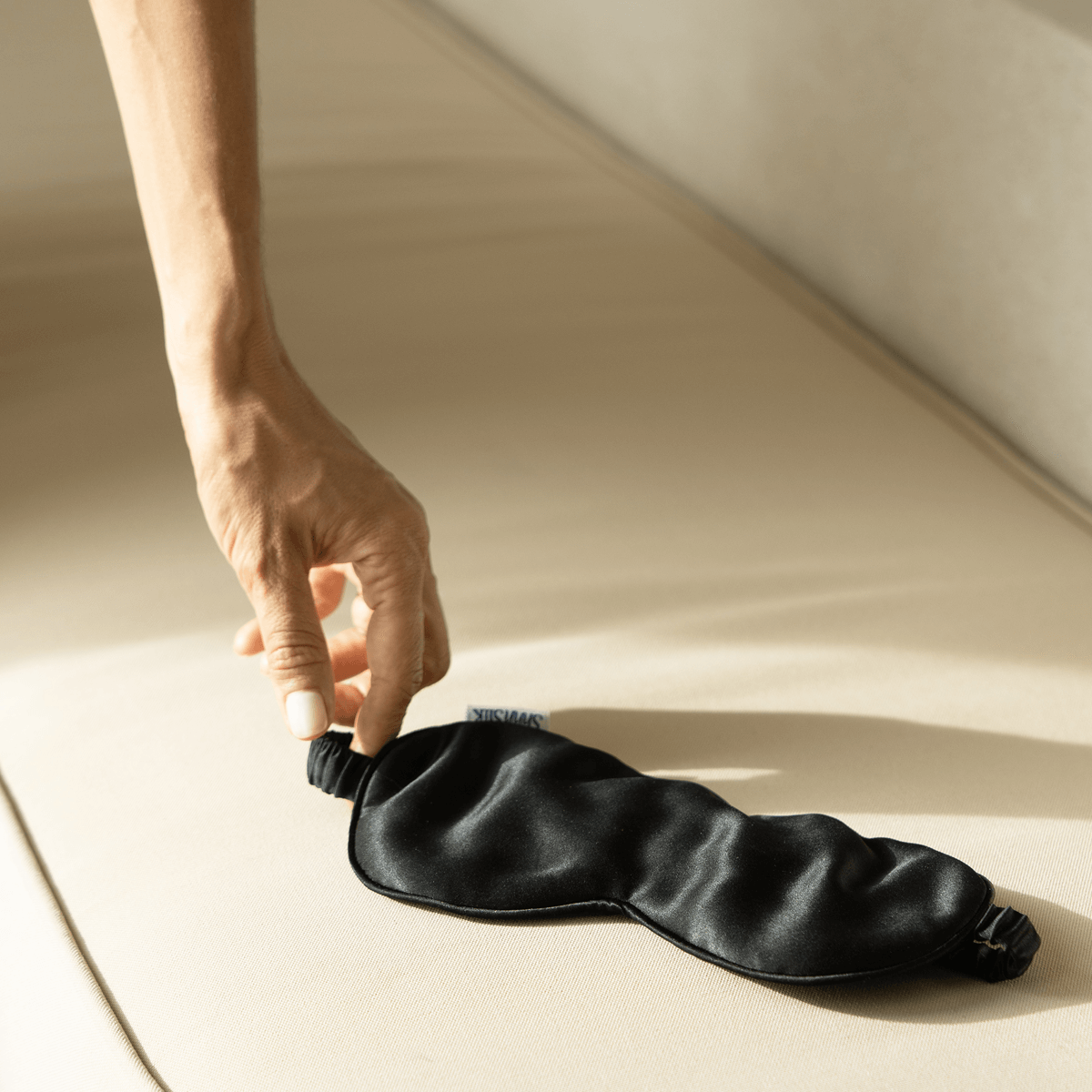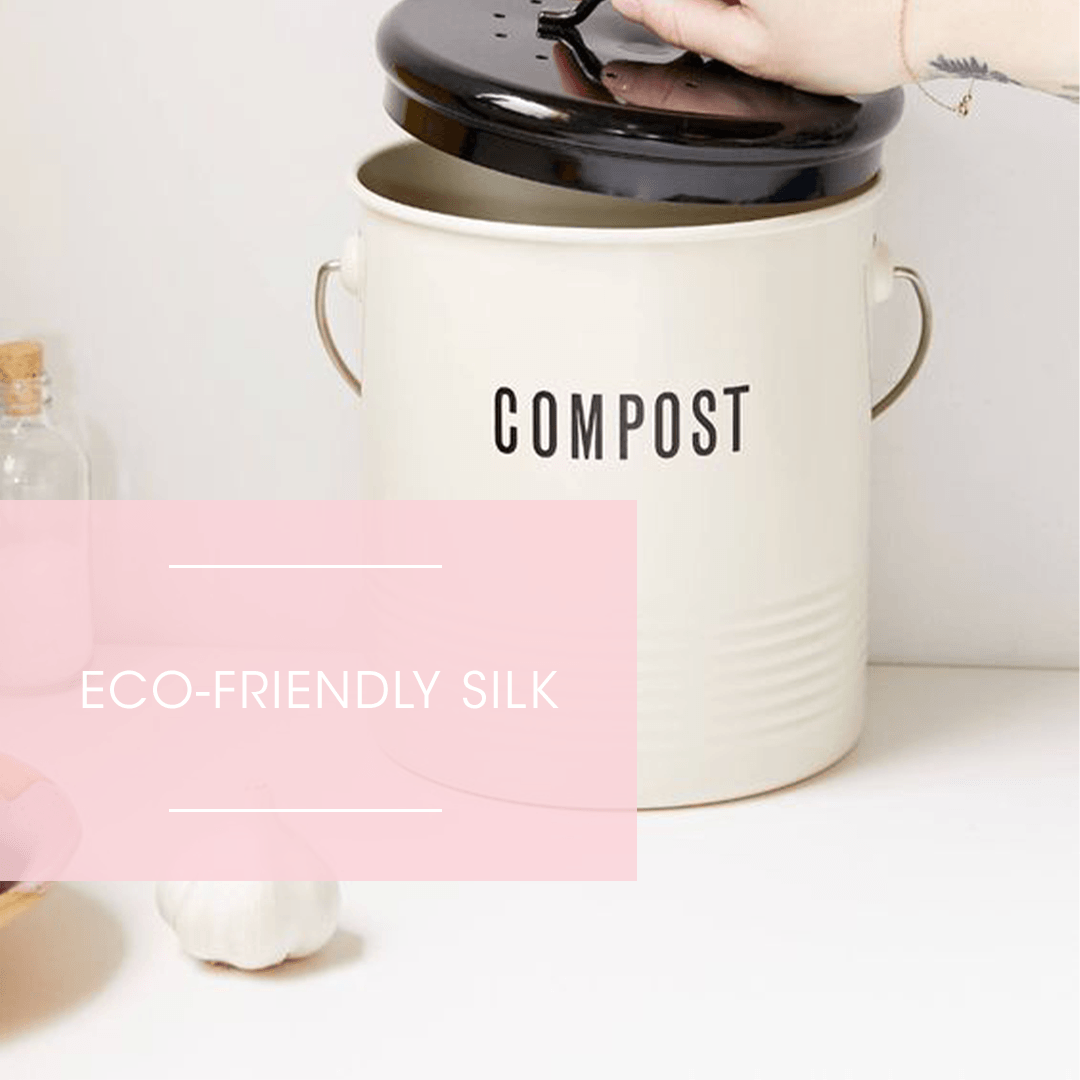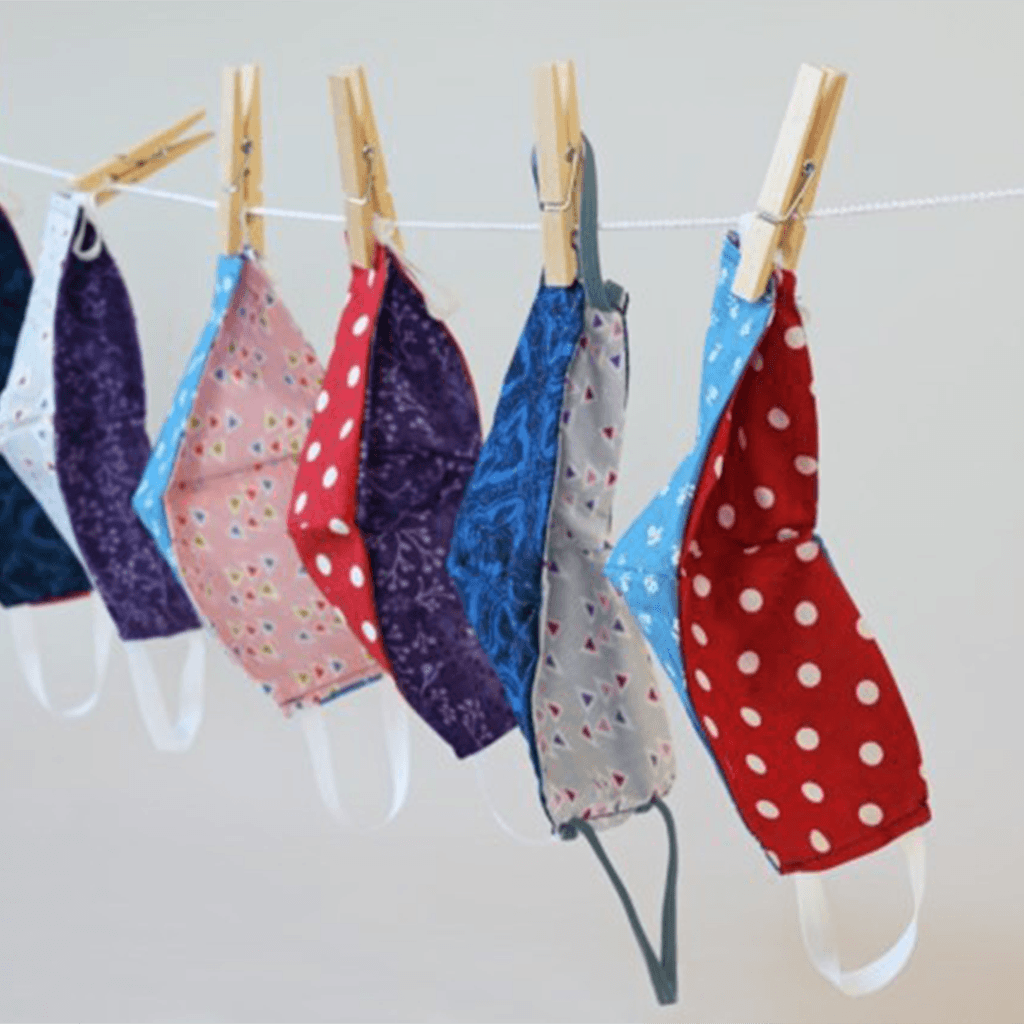Eco-Friendly Silk
It's no secret that the textile industry faces significant issues with waste and polluting the environment. We see waste in the production of goods, a short life span with the consumer and only 15% of the trashed textiles being recovered for reuse or recycling.
The most prominent culprit of this is synthetic materials like Polyester, Spandex and Nylon. These fabrics create much waste when being manufactured and are not biodegradable. With most of these products going directly to landfill, it can take up to 200 years to breakdown.
Alternatively, non-synthetic fibres, like silk, are completely biodegradable and have a low environmental impact. Silk has been a popular fabric since ancient times because it is a strong fibre and is very durable. This allows for an extended product life span of silk products and assists in environmental conservation.
While the durability of silk allows silk pillowcases to last for years, they will eventually need replacing due to general wear and tear. Fortunately, silk pillowcases are easily biodegradable and can be composted so they won't pollute the environment when it has reached the end of its useful life.
How To Compost Your Silk Pillowcases
Remove the zipper as they are made from plastic and won't biodegrade. Keep them because you'll never know when you need to repair a broken zipper!
Cut and shred your pillowcase into small strips or squares as this will help to break it down quicker.
Put it into the compost and let nature and time do its work.





